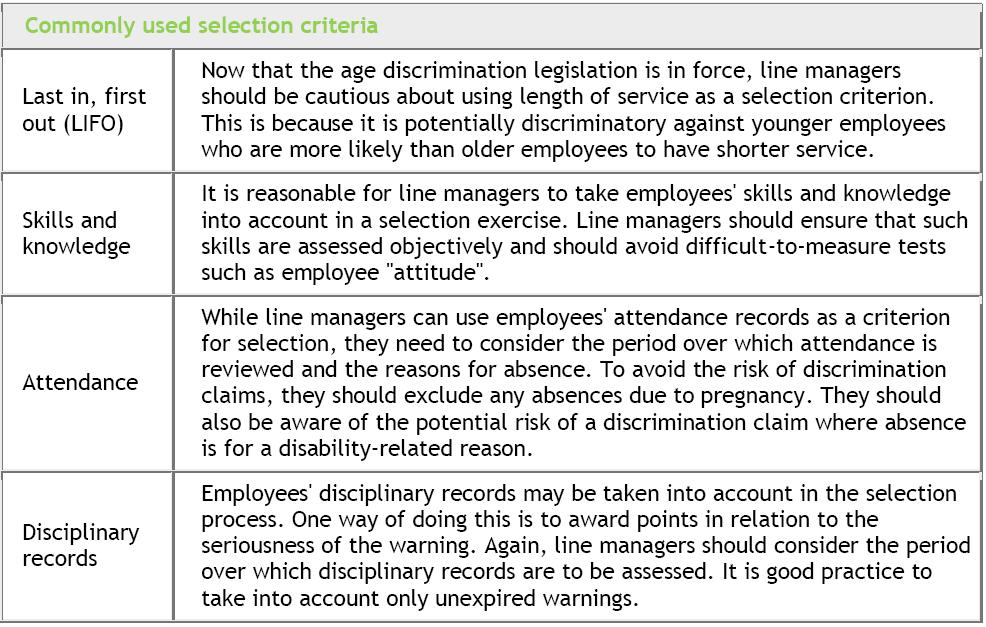The apprenticeship levy, which the Government hopes will help create three million new apprentices by 2020, is due to come into force in 2017, with a view to creating millions of apprenticeships across the UK. The levy is expected to raise an estimated £3 billion by the end of this Parliament.
If your business has an annual payroll cost of less than £3 million, then you will not be required to pay the levy. If you have more than this, however, there will be a 0.5% tax on your payroll bill, which will be paid through PAYE.
The Government estimates that approximately 22,000 organisations will be required to pay the levy. Many smaller employers will be impacted as well as the large companies, as a workforce of 100 people and an average salary of just over £30,000 will take businesses over the threshold.
Employers that do not pay the levy will still be able to access government support for apprenticeships through the Digital Apprenticeship Service (DAS). Employers in England that pay the levy and provide apprenticeship training will receive a ‘top-up’ to a digital account. The training must be provided through an accredited provider and, at this point, it is presumed that HRMC will be responsible for enforcing the payment from the employer and ensuring payment to the training provider.
Some employers have voiced concerns over how funding will be distributed, as each course will need different periods of training time and different evaluation methods. For example, an apprenticeship in engineering may need 12 months, while some apprenticeships in sectors such as retail may need less time.
Potentially, it will be difficult to make a one-size-fits-all scheme translate into meaningful and empowering apprenticeships that benefit both employer and employee.
How Can You Use the Apprenticeship Levy?
Consider the areas in your business where training is most needed, to ensure that the apprenticeship levy works in favour of your organisation. It is possible that many employers will not recoup the levy that they pay, and will therefore simply see it as another employment tax.
What Should Employers Do to Prepare?
One of the key parts of preparation for employers is ensuring that you have the financial capability to pay the levy.
Start to think more broadly than the immediate view of an ‘apprenticeship’ as something for young starters. Consider what training your business has put off because of the possible cost, and ascertain what could be done as an apprenticeship so that you can get the best value.
If you’re not sure how best to prepare for the Apprenticeship Levy, or you’d like some advice taking on an apprentice, contact us by calling 0118 940 3032 or emailing sueferguson@optionshr.co.uk.

